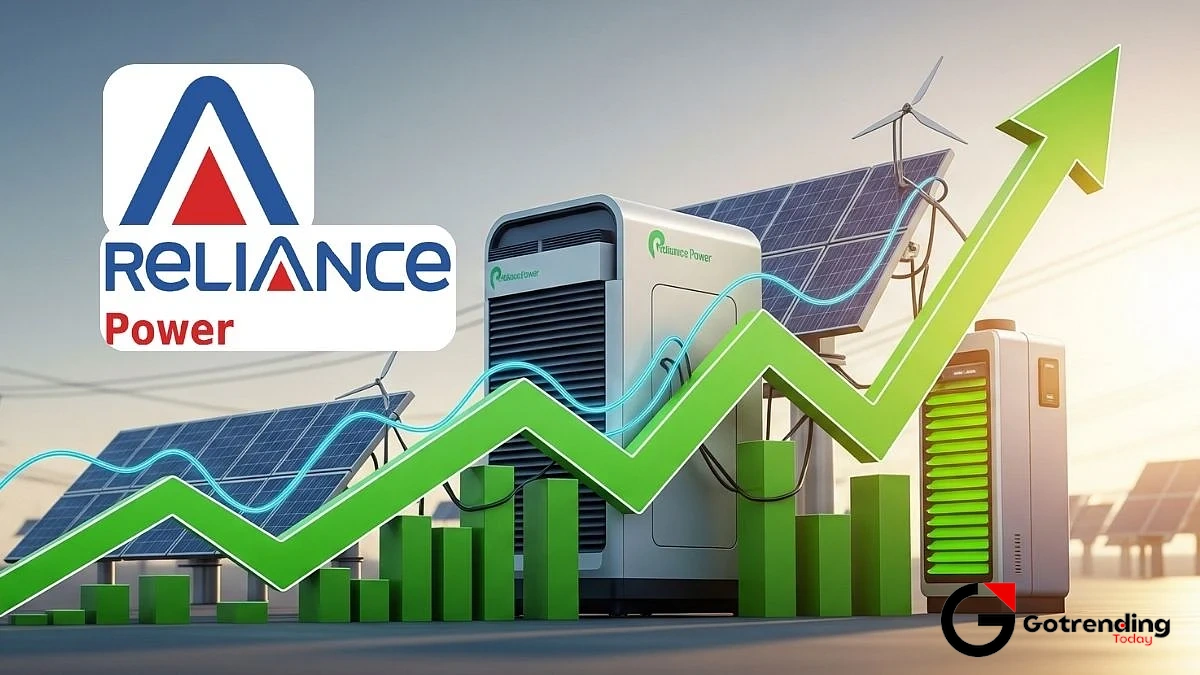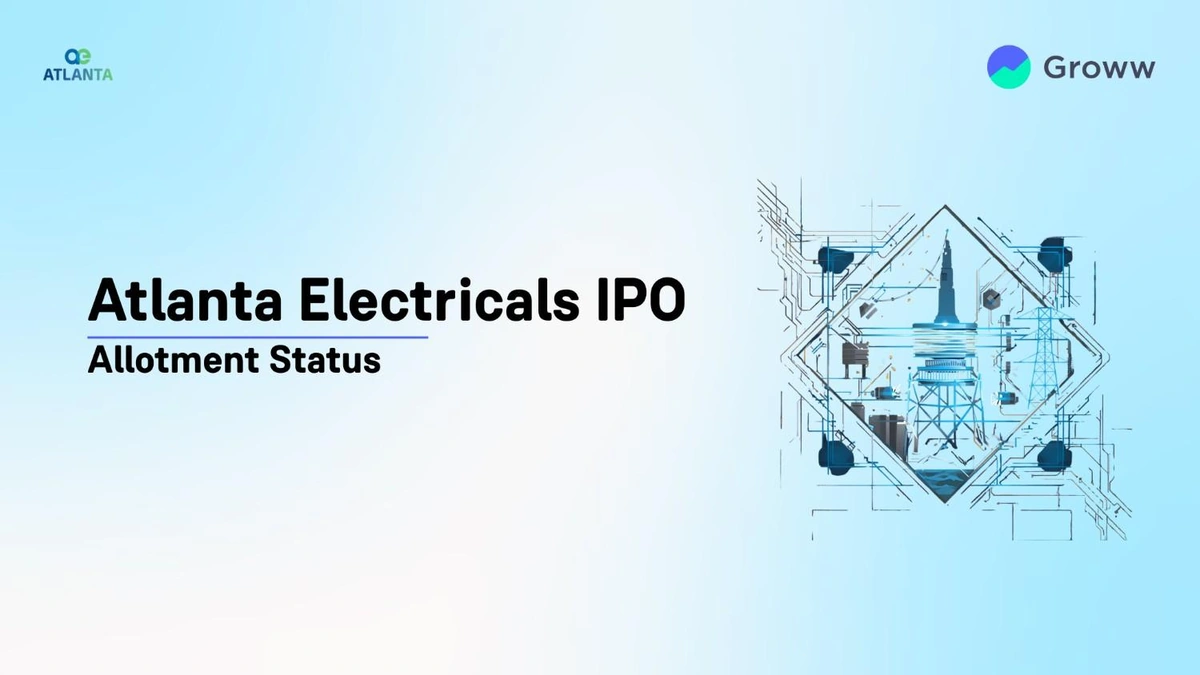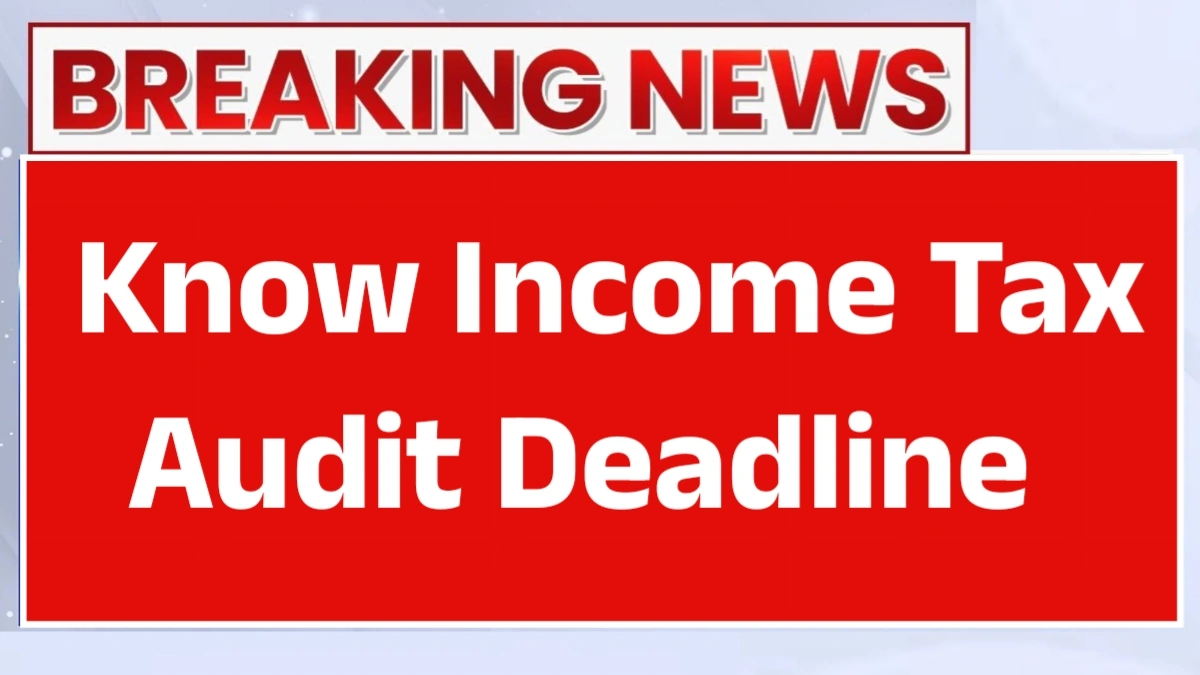Reliance Power Share | The Phoenix from the Ashes or Just a Flicker of Hope?
Alright, pull up a chair. Let’s talk about that one stock that’s suddenly buzzing in every trading forum and WhatsApp group in India: the Reliance Power share . It’s a name that carries a ton of baggage, right? For years, it was the poster child of wealth destruction, a fallen giant from the Anil Ambani empire that turned countless investor dreams into dust. It went from a blockbuster IPO to a humble penny stock.
And yet, here we are. The stock has been hitting upper circuits. There’s a sudden, palpable excitement around it. So, what’s going on? Is this the beginning of one of the greatest comeback stories on Dalal Street, or is it just another speculative trap for unsuspecting retail investors?
Let’s be honest, it’s confusing. But here’s the thing: to understand where Reliance Power might be going, we first need to understand exactly why it ended up where it is. This isn’t just about the latest news. It’s about debt, legacy, and one crucial change that could rewrite its entire story. So, grab your coffee, and let’s dissect this together.
So, What’s the Big Deal? The News That Lit the Fuse

The recent fireworks in the rpower share news can be traced back to one major announcement: Reliance Power has reportedly settled its debts with its lenders, effectively becoming a debt-free company on a standalone basis.
Now, in the grand scheme of the Indian economy, one company paying off its loans might not sound earth-shattering. But for Reliance Power, this is monumental. Think of a person who has been drowning in credit card debt for over a decade, paying massive interest every month, and suddenly finds a way to clear the entire slate. That’s the kind of financial relief we’re talking about.
The company, which had an astronomical debt of over ₹800 crores, managed to clear its dues with three major banks ICICI Bank, Axis Bank, and DBS Bank through a one-time settlement (OTS). This is a game-changer. Why? Because the mountain of debt was the single biggest anchor dragging the company down, suffocating its operations and making any path to profitability look like a pipe dream.
The Ghost of IPOs Past | Why R-Power Was in the Doghouse

To truly appreciate the “debt-free” tag, you have to remember the journey. Many new investors might only see a cheap stock with a famous surname. But for those who’ve been around, the name “Reliance Power” evokes a different feeling.
Let’s rewind to 2008. The Indian stock market was on fire. And then came the Reliance Power IPO. It was the biggest IPO in Indian history at the time, subscribed 73 times over, raising a staggering ₹11,563 crores. People begged, borrowed, and pulled out their savings to get a piece of the pie. The hype was unreal. The expectation? To the moon!
What happened next is a brutal lesson in market reality. The stock listed at a premium but crashed on the very first day. And it never really recovered. It was a slow, painful bleed for over a decade, fueled by mounting debt, stalled projects, and a challenging power sector environment. The company, under the leadership of Anil Ambani , struggled to execute its ambitious plans, and the once-promising scrip devolved into a penny stock, a cautionary tale whispered among investors.
This history is crucial because it explains the deep-seated skepticism. It’s why any positive news is met with both excitement and a healthy dose of “I’ve seen this movie before.”
The Debt-Free Dream | Why This One Word Changes Everything

So, why does “debt-free” matter so much? Let’s break it down in simple terms.
- Stopping the Bleed: A huge chunk of a company’s earnings goes into paying interest on its loans (this is called debt servicing). For a company like Reliance Power, this was a massive, relentless outflow of cash. With no debt, that outflow stops. The money that was being used to pay interest can now, theoretically, be used for operations, maintenance, or future growth.
- Operational Freedom: When a company is heavily indebted, its lenders often have a say in its decisions. They impose restrictions to protect their money. Being debt-free gives the management a free hand to run the business as they see fit, making them more agile and able to seize opportunities.
- A Clean Slate for the Future: Forget new projects; it’s nearly impossible to get fresh funding when your balance sheet is a mess. Now, as a debt-free entity, the Reliance Power future looks entirely different. It can approach lenders for new capital with much more credibility, potentially allowing it to revive stalled projects or venture into new areas like renewable energy. It’s like hitting a reset button on its financial health.
This move is a foundational step. It doesn’t guarantee future profits, but it removes the single biggest obstacle that made those profits impossible. It’s the difference between trying to swim with a ball and chain and finally being able to kick freely. We’ve seen a similar focus on fundamentals with other companies, like theGreaves Cotton share EV pivot, where a single strategic shift can change investor perception.
The Million-Rupee Question | Is Reliance Power a Good Buy?
This is where we move from facts to analysis. And let me be crystal clear: this is not financial advice. This is an attempt to frame the question correctly. Asking ” is Reliance Power a good buy ” is too simple. The real question is: “What is my risk appetite, and does this stock fit into it?”
Here’s the bull vs. bear case, laid bare.
The Bull Case (The Optimist’s View):
- Famous Promoter & Brand: The “Reliance” name still carries weight, for better or worse.
- Debt-Free Status: The biggest positive, as we’ve discussed. It’s a clean slate.
- Operational Assets: The company isn’t just a shell. It has operational thermal power assets with a capacity of 5,945 megawatts.
- Turnaround Potential: If the management can now focus on operational efficiency and profitability, the stock, from its current low base, could offer multi-bagger returns. It’s a high-risk, high-reward bet on a classic turnaround story.
The Bear Case (The Skeptic’s View):
- History of Wealth Destruction: The past performance is abysmal. Trust, once broken, is hard to regain.
- Profitability is Still a Question Mark: Being debt-free is great, but the company still needs to generate consistent profits from its core business, which remains a challenge in the competitive power sector.
- Massive Equity Base: The company has a very large number of shares outstanding. This means that for the share price to rise significantly, the company’s market capitalization has to increase by a massive amount. It makes sharp, sustainable upward moves harder.
- Promoter Holding: The promoter holding in the company is around 23-25%. While not alarmingly low, institutional investors often prefer companies with higher promoter stakes as it signals more skin in the game.
A common trap investors fall into is looking at the low Reliance Power share price and thinking, “How much lower can it go?” The answer, always, is zero. The focus shouldn’t be on the price, but on the value and the path to future earnings. This requires a level of analysis similar to doing anOriental Insurance reviewyou have to look beyond the surface-level numbers.
Frequently Asked Questions (FAQs)
Is Reliance Power completely debt-free now?
On a standalone basis, meaning the core Reliance Power entity, it is reported to be debt-free. However, its subsidiaries may still have their own debts. It’s a significant but nuanced achievement.
What is the future of Reliance Power?
The immediate future hinges on its ability to run its existing power plants profitably and efficiently. The long-term future could involve reviving stalled projects or expanding, now that the balance sheet is clean. It’s a story of potential that is yet to be realized.
Who is the current owner of Reliance Power?
Reliance Power is part of the Anil Ambani-led Reliance Group. While he is the promoter, the company is publicly listed, with a majority of shares held by the public, institutions, and other entities.
Why did the Reliance Power share price fall so much historically?
The fall was due to a combination of factors: the failure to live up to the massive IPO hype, inability to execute projects on time, mounting debt that crippled its finances, and overall challenges in the Indian power sector.
Is this a good stock for beginners?
Given its volatile history and speculative nature, it’s generally considered a high-risk stock. Beginners are often advised to start with more stable, fundamentally strong companies. Any investment here should be a small, calculated part of a diversified portfolio.
The Final Word | A Story or an Investment?
So, we come back to where we started. The revival of the Reliance Power share is, right now, a powerful and compelling story. It’s a tale of a fallen giant trying to get back on its feet, of clearing the decks for a fresh start. It has all the drama of a Bollywood blockbuster.
But the stock market is littered with great stories that turned out to be poor investments. The debt-free status is the incredible first chapter of a potential comeback. It is not, however, the entire book. The subsequent chapters on sustained profitability, on operational excellence, on future growth are yet to be written. Watching how they unfold will be the real test. For now, it remains a fascinating, high-stakes drama for the brave-hearted investor.













